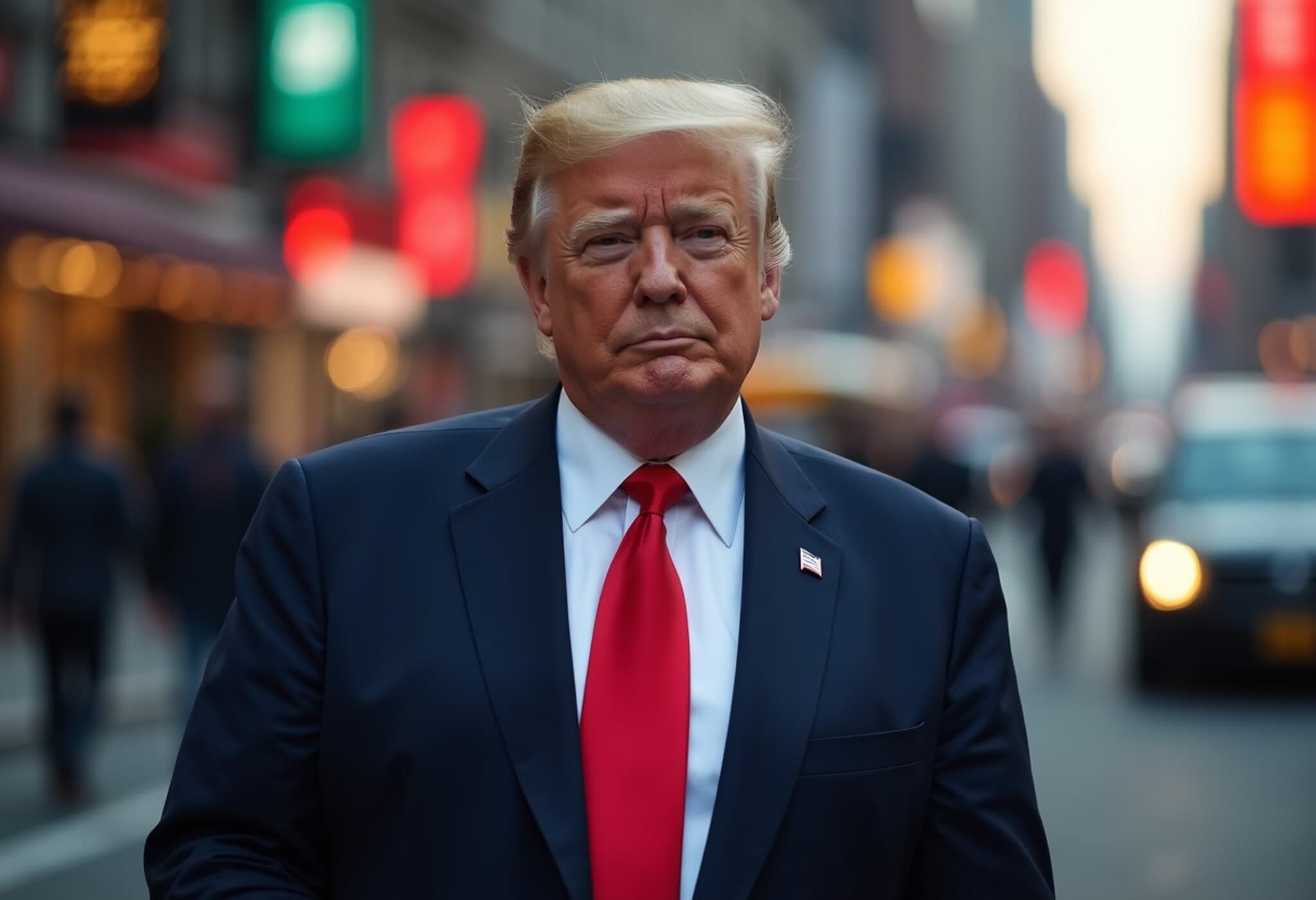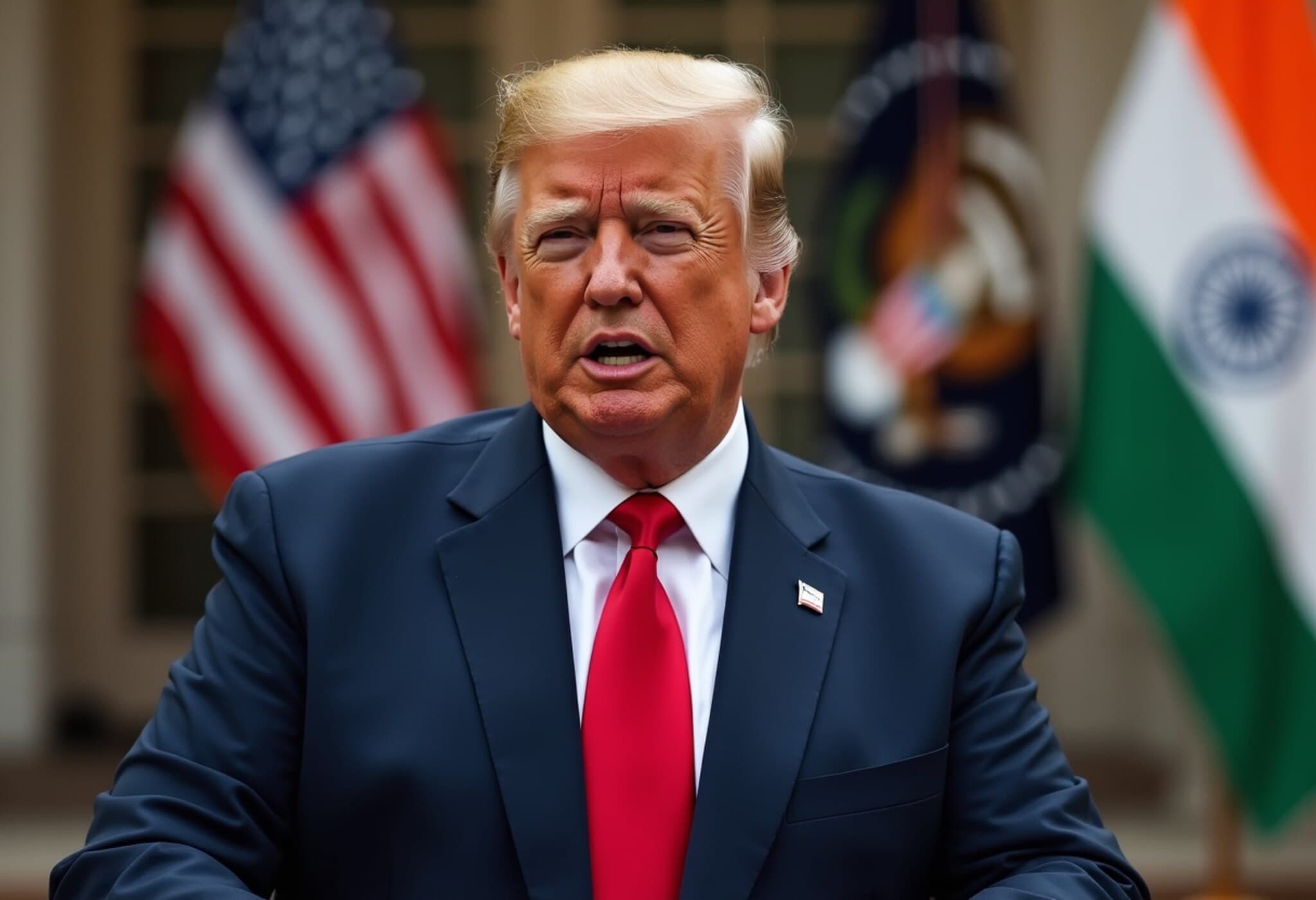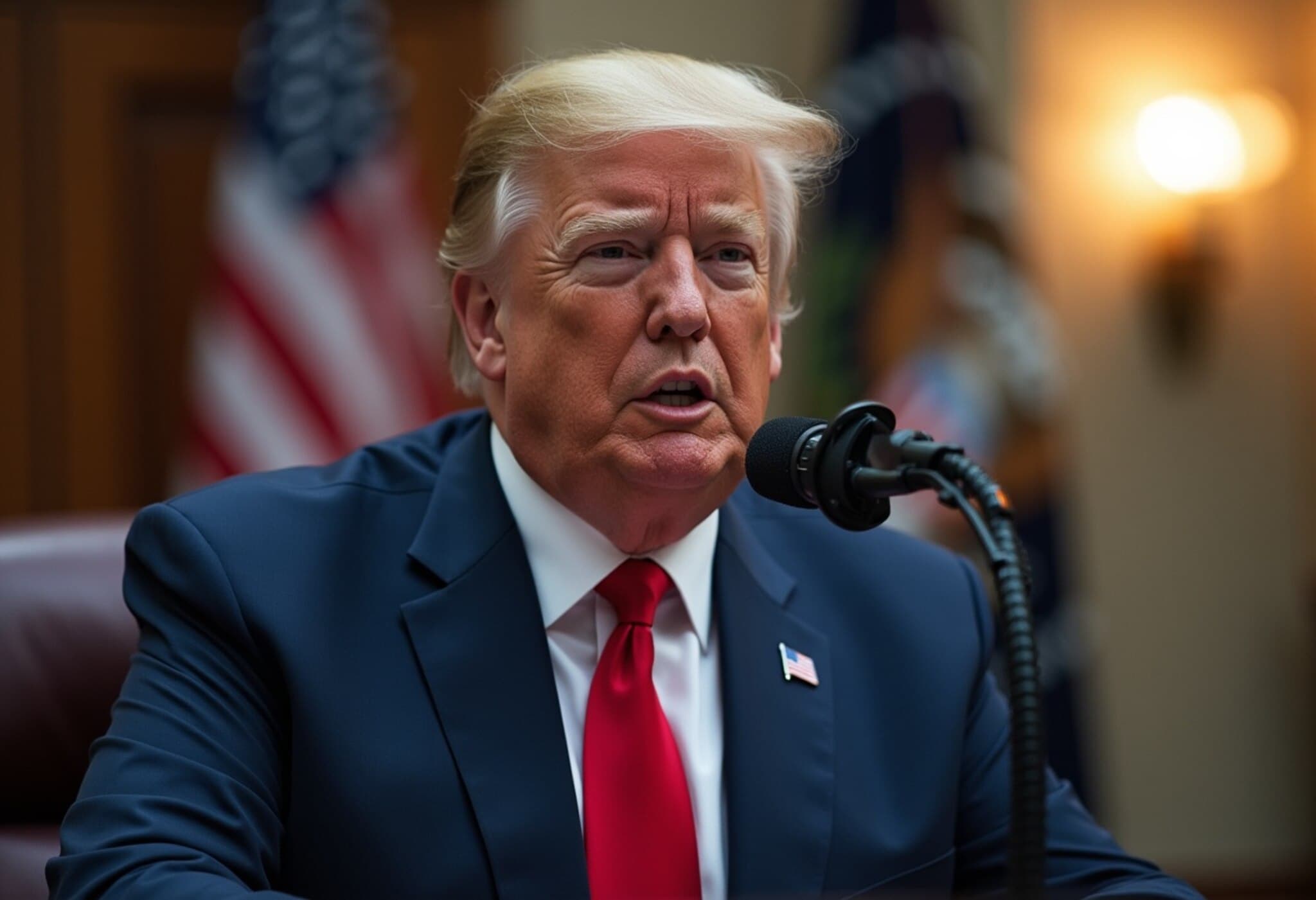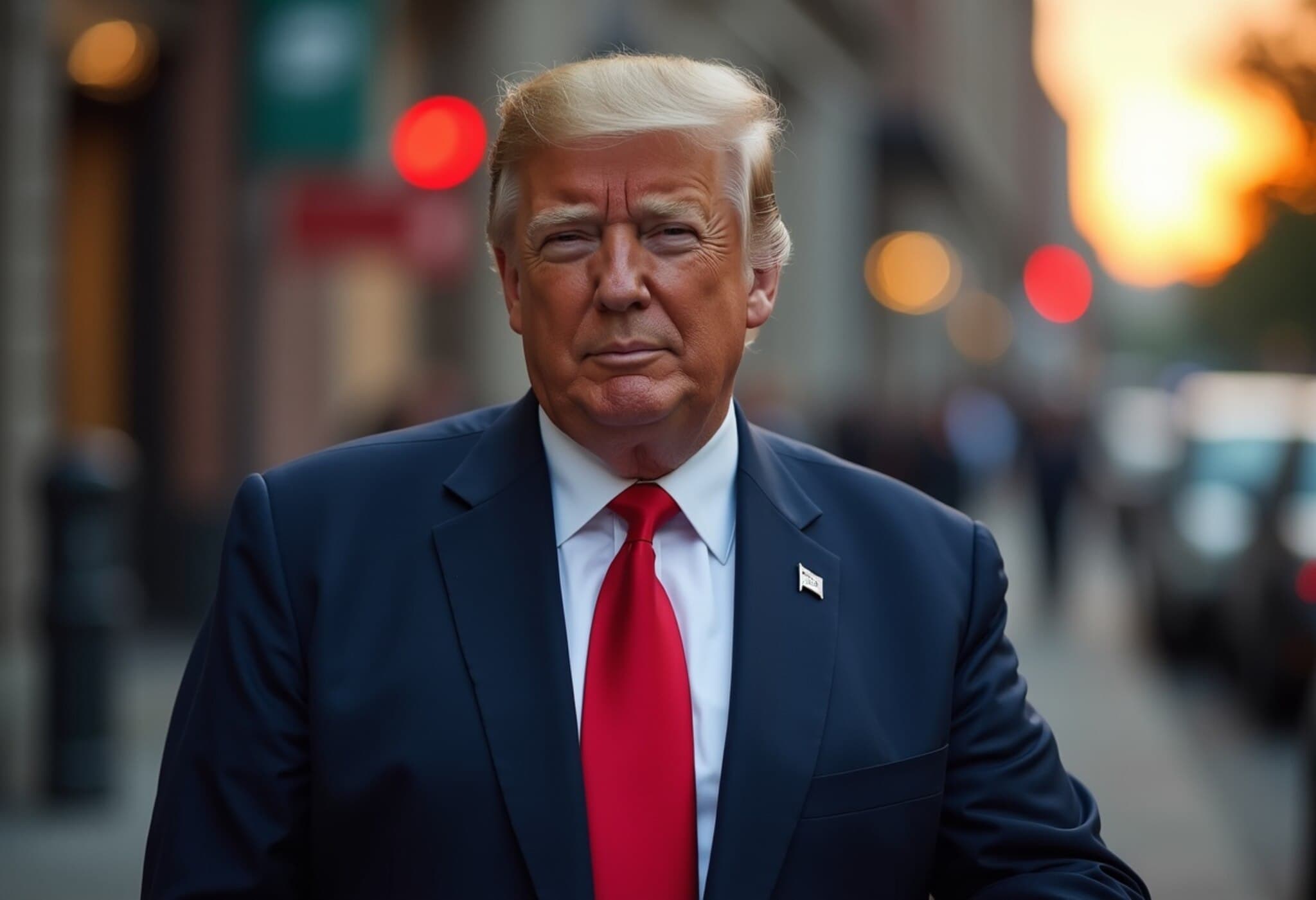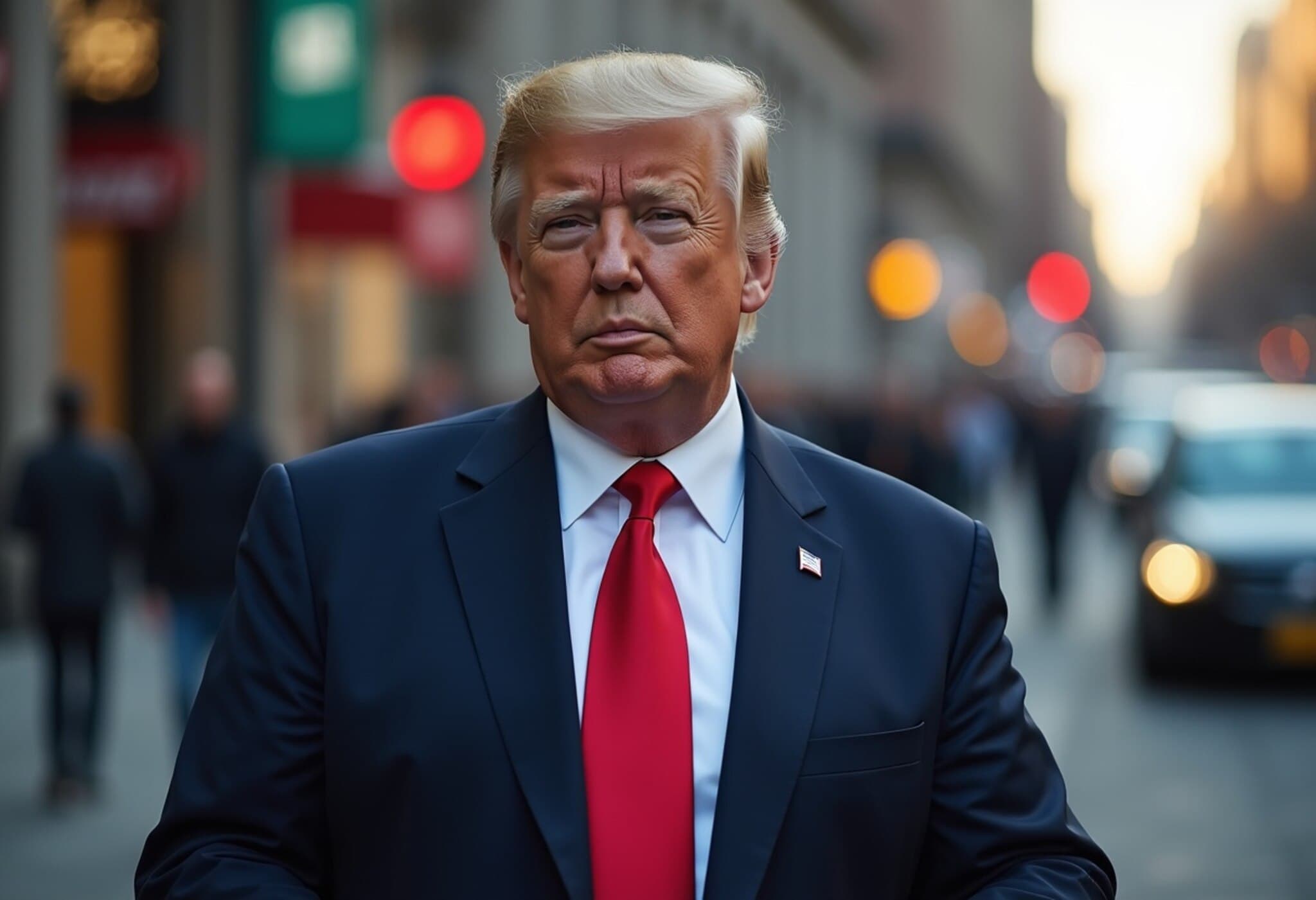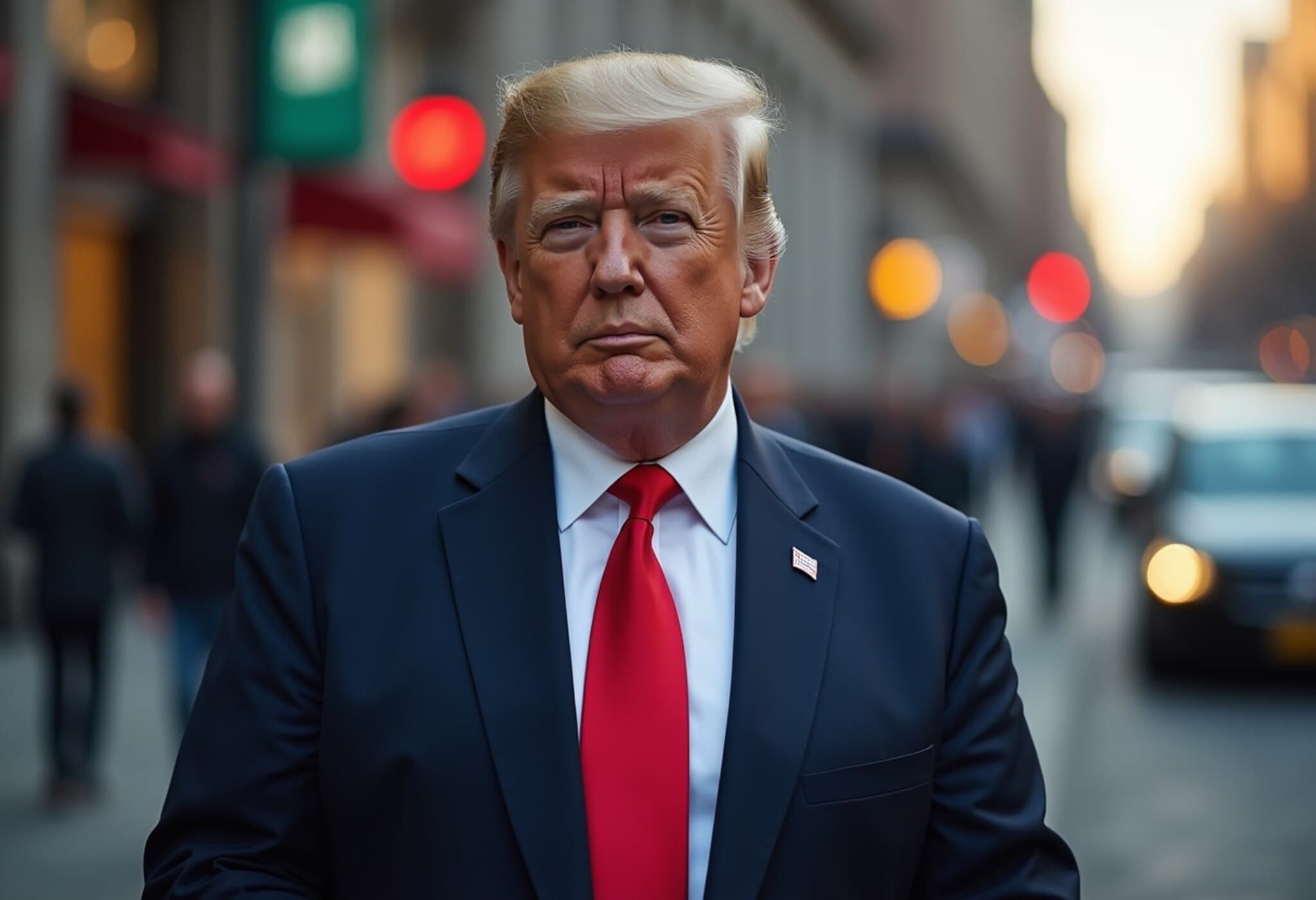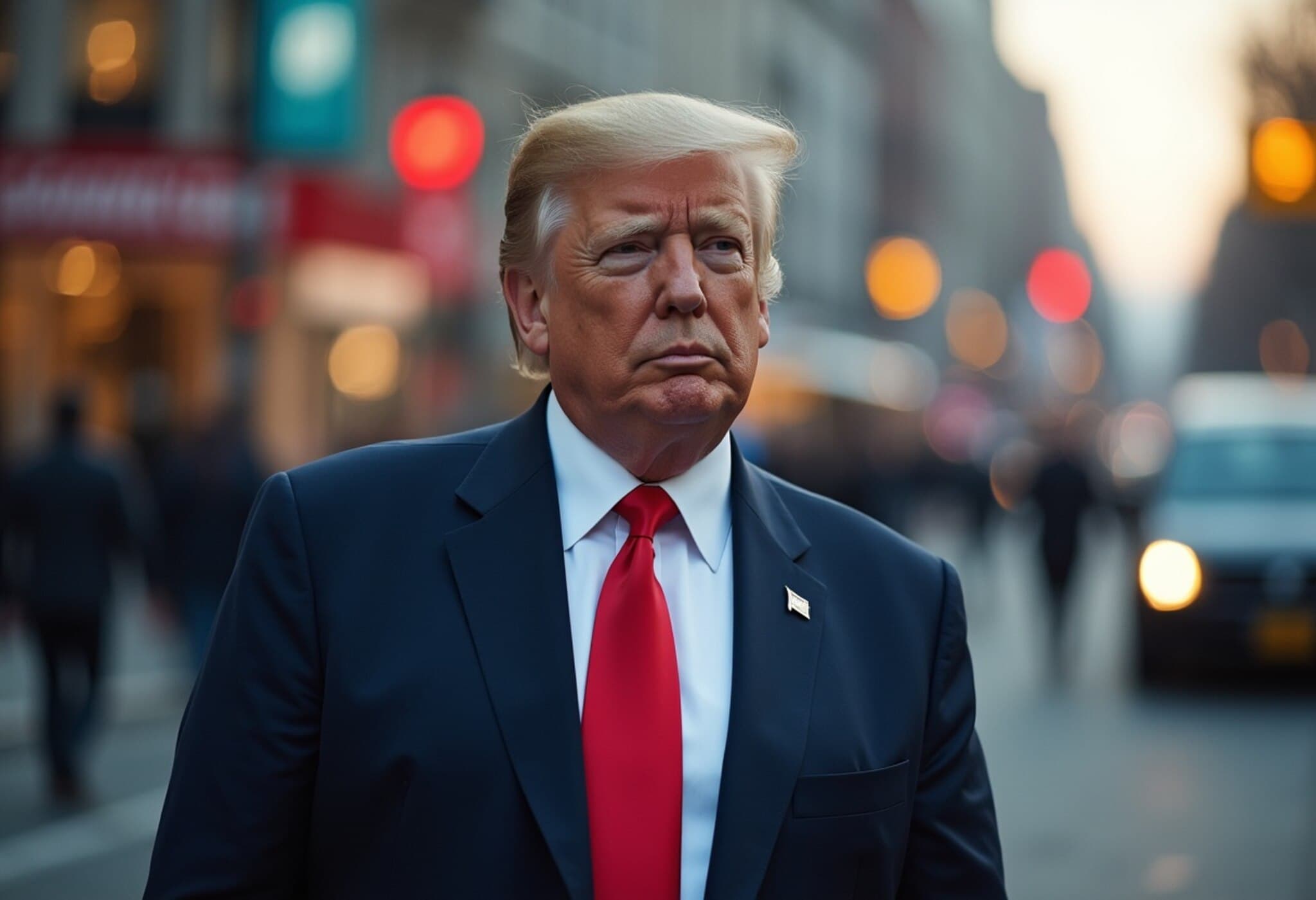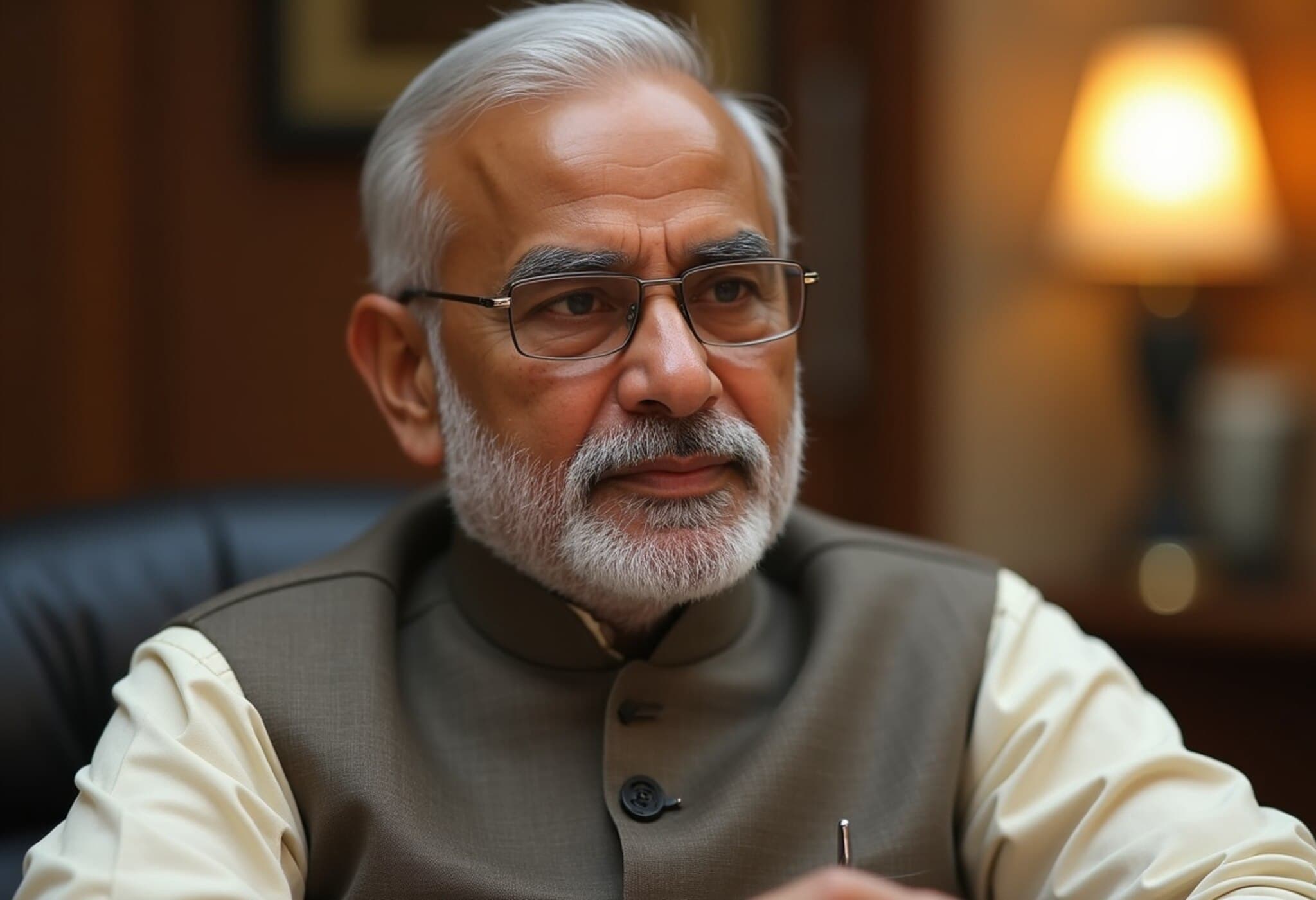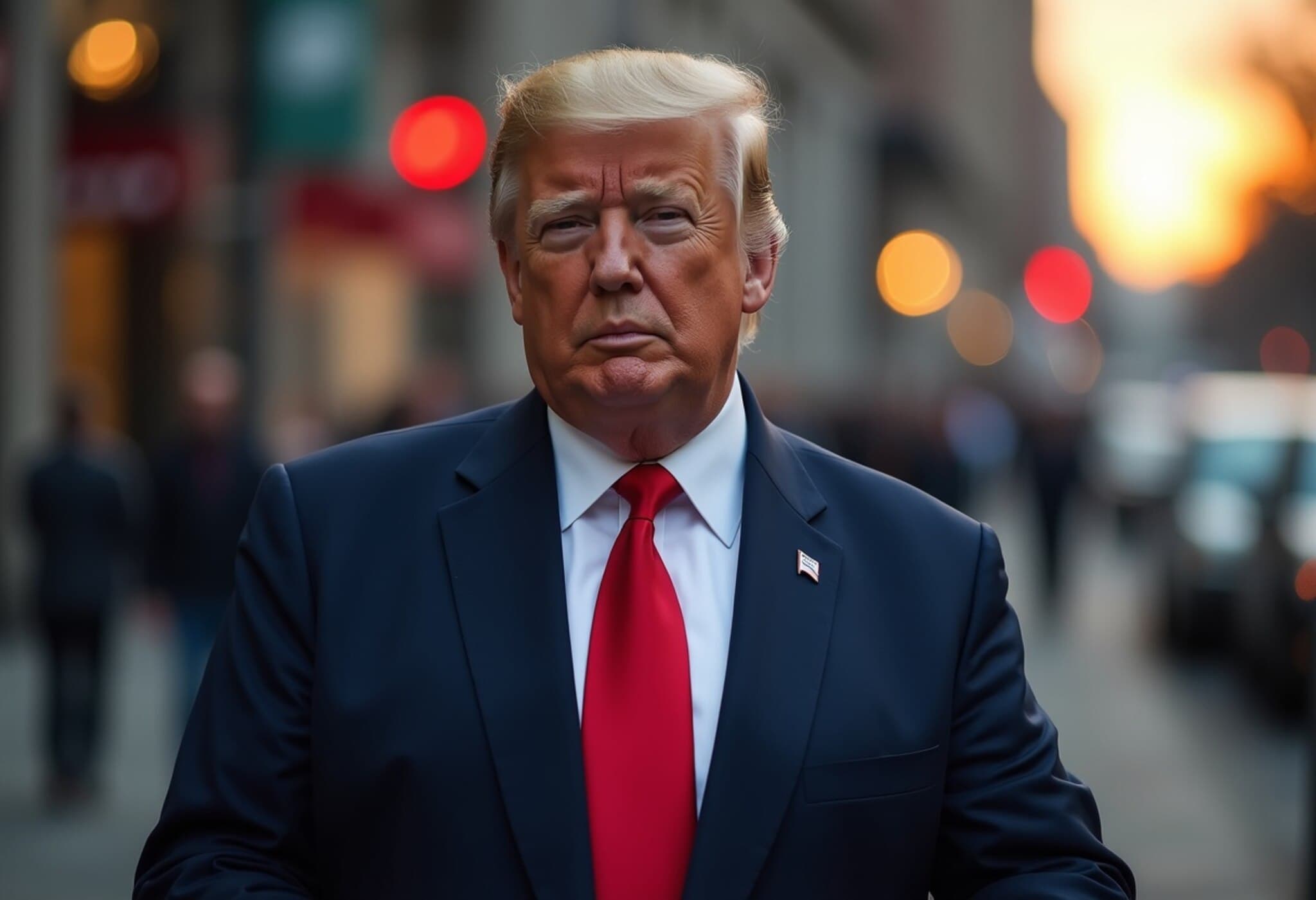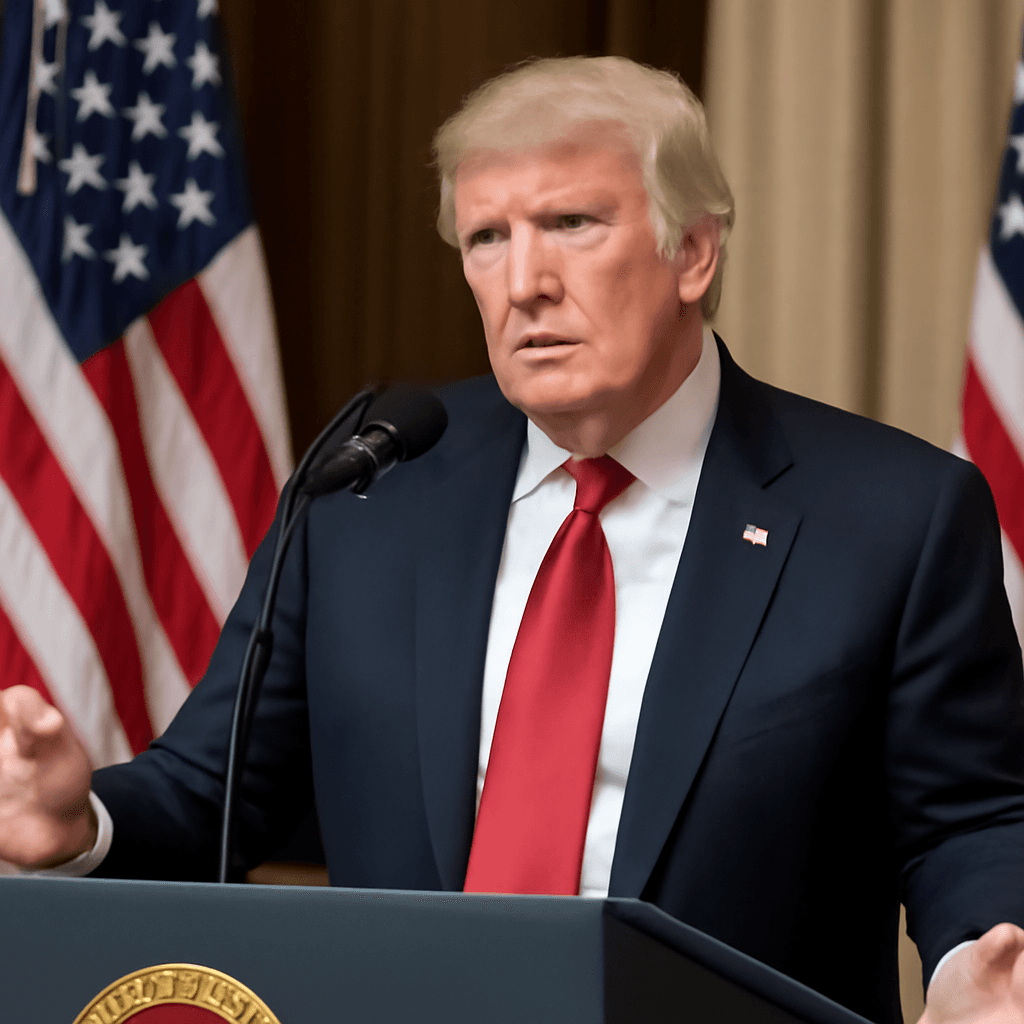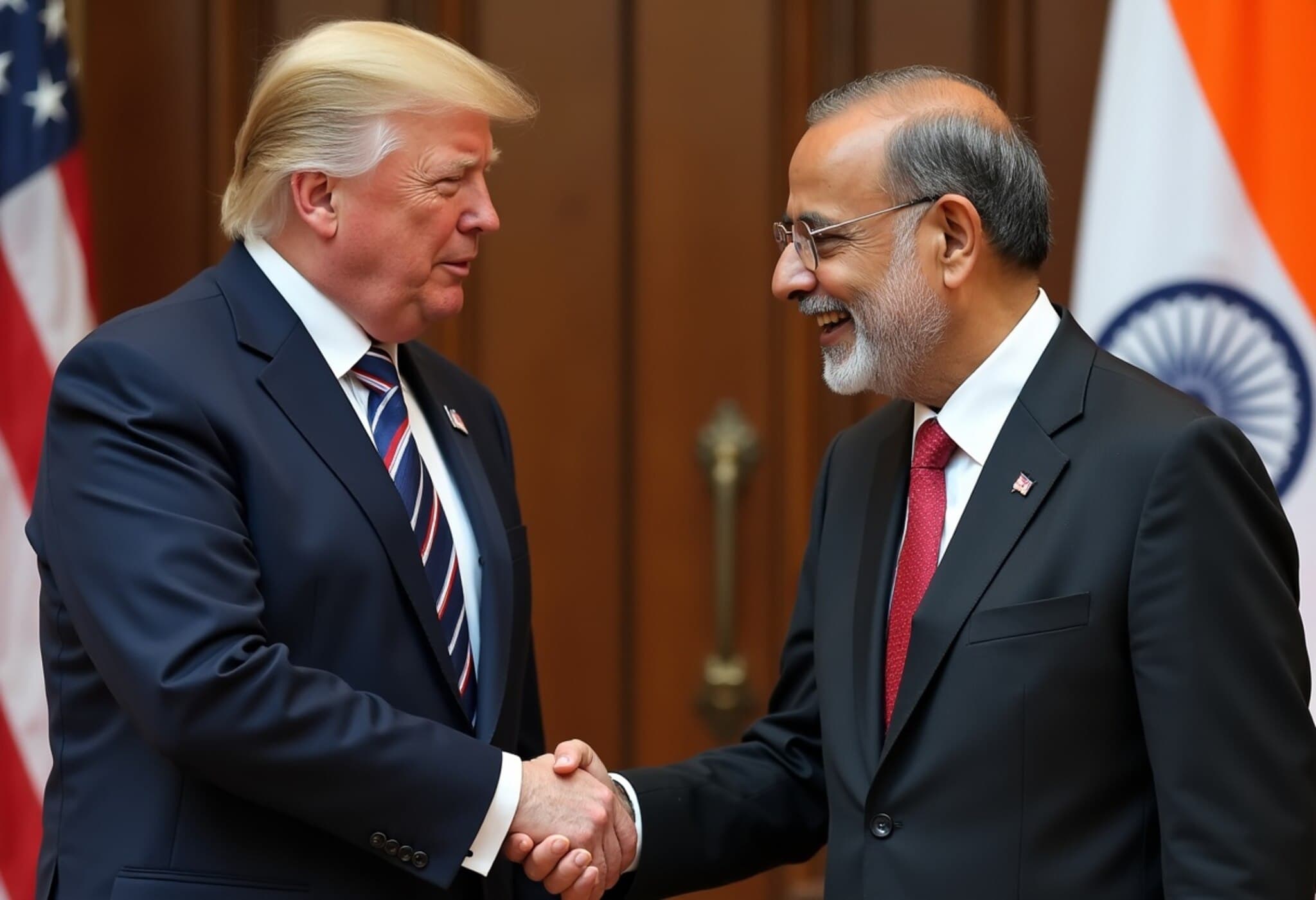Trump’s 50% Tariffs on Indian Goods Officially Come Into Force
Starting August 27, 2025, the United States has imposed punitive 50% tariffs on a broad range of Indian exports, marking a significant escalation from the previous 25% duties. This move, announced by the U.S. Department of Homeland Security, aims primarily at curbing imports of various Indian products, notably including those linked to Russian oil trades, as part of ongoing trade and geopolitical tensions.
What Exactly Changes for Indian Exporters?
The tariffs apply to Indian goods arriving in the U.S. for consumption, effective from 12:01 am EDT (9:31 am IST). While these duties severely impact a large swathe of exports, about 30% of Indian exports to the U.S., valued at $27.6 billion for fiscal year 2024-25, will remain exempt from these tariffs.
Which Indian Sectors Escape the Tariff Blow?
The exemptions are strategic and reflect both economic and political considerations:
- Pharmaceuticals ($12.7 billion): This critical sector faces minimal tariffs. Nevertheless, U.S. officials have hinted at steep tariff hikes—potentially up to 200%—if Indian pharma companies don’t relocate some production stateside, underscoring a push to secure domestic supply chains.
- Electronics ($10.6 billion): This includes items such as smartphones, integrated circuits, chips, and networking equipment. However, major players like Apple have been warned of possible tariffs if their production in India continues without adjustments.
- Refined petroleum fuels and products, along with certain materials like plastics, books, and specific metal alloys, are also shielded from the new tariffs.
Additional Exemptions
- Metals including nickel, zinc, chromium, tungsten, platinum, palladium, and gold coins
- Humanitarian and informational goods such as books and films
Who Bears the Brunt of Tariffs?
Roughly half of India’s export portfolio to the U.S., worth approximately $87.3 billion, will encounter the full force of the 50% duty. This includes key industries such as textiles, apparel, gems and jewelry, seafood, leather goods, steel, aluminum, copper, organic chemicals, and handicrafts.
Meanwhile, about 4% of exports, mostly auto parts, are subject to a 25% tariff, showing some variation across sectors.
Economic and Policy Implications: A Closer Look
This tariff surge comes at a delicate time for Indo-U.S. trade relations. Indian exporters face the dual challenge of navigating tariffs and addressing U.S. demands to increase domestic production, particularly in pharmaceuticals and electronics.
From an economic perspective, the tariffs could prompt a strategic realignment of supply chains, with companies reconsidering investment and manufacturing footprints to mitigate exposure. For the United States, these measures are part of an effort to reduce dependency on foreign imports—especially from countries seen as geopolitical rivals or linked to contentious Russia trade flows.
Expert Insight
Trade policy analyst Dr. Rahul Mehta notes, "The immediate impact will hurt Indian SMEs in textiles and handicrafts the hardest, given their limited ability to absorb such steep tariffs. However, exempting pharmaceuticals and electronics signals a nuanced approach, balancing economic interests with geopolitical signaling." He adds, "The tariff environment may accelerate India's push for 'Atmanirbhar Bharat' (self-reliant India), encouraging domestic innovation and export diversification."
What’s Next for India-U.S. Trade?
In light of these developments, Indian policymakers and exporters will need agile strategies that could include:
- Diversifying export destinations to reduce overreliance on the U.S. market.
- Investing in higher-value sectors exempted from tariffs.
- Engaging in diplomatic channels to negotiate tariff relief or staggered implementation.
For U.S. consumers and businesses, this tariff increase may result in higher costs and supply disruptions, especially for goods heavily reliant on Indian imports.
Editor’s Note
The implementation of 50% tariffs on Indian exports marks a pivotal moment in global trade dynamics, reflecting the complex interplay of economic strategy and geopolitical maneuvering. While certain key sectors have been spared immediate impact, the broad tariff net will challenge India’s export competitiveness and reshape supply chains. Observers should watch how Indian industries adapt and whether diplomatic engagements can ease trade tensions. This situation also raises deeper questions about the future of globalization and the balance between national security and economic interdependence.


